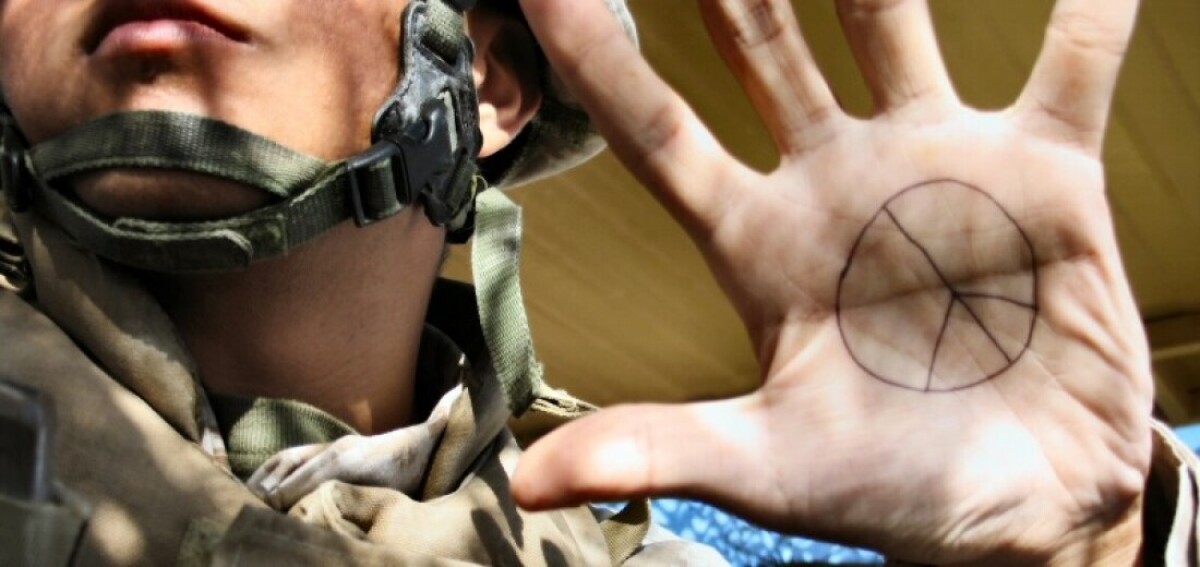Fear of the future? The missing peace

Jayel Aheram, CC BY 2.0 <https://creativecommons.org/licenses/by/2.0>, via Wikimedia Commons
Jannie Lilja
09.01.2024
Armed conflict causalities are soaring, forced displacement is at an all-time high, geopolitical tensions are rising, and societal polarization is strengthening also across peaceful societies. All happening at the backdrop of the escalating effects of climate change and environmental degradation that form the physical preconditions for our human existence.
The response to the current polycrisis among democratic states has been largely reactive, marked by a ramped-up focus on national security and unprecedented levels of humanitarian support. In fact, military expenditures have been rising since Russia´s first attack on Ukraine in 2014, now reaching an estimated $2240 billion, the highest level ever recorded. The needs of people affected by crisis, violence, and forced displacement have been met with increases in humanitarian aid.
However, the time has come for a more proactive approach to peace. Why? Because the existing challenges are not likely to go away any time soon. Humanitarian assistance cannot and should not be expected to address the underlying drivers of problems. Its purpose is to save lives, alleviate human suffering, and protect the vulnerable based on international humanitarian law. And while militarized security is necessary, it tends to be aimed at defending, protecting, or preserving some kind of status quo.
Preserving the status quo is not enough in today´s situation. If the main objective is mere preservation on the part of democratic actors and societies, they are likely to fall behind. Because the geopolitical, social, and natural landscape is changing. Autocratic and extremist forces demonstrate a great deal of innovation and mobilization.
There is a need to unpack and contextualize the components of peace both at home and abroad. The internal and external risk and opportunity factors are interconnected. Vague notions of democracy, freedom, dignity, human rights, and sustainability are not sufficient. Exactly what kind of cooperative behaviours, what interaction patterns, what types of trust and social cohesion should be strived for? What could be unifying or cross-mobilizing factors in societies that are not based on scapegoating or othering? What institutions are needed and how should they be operating to be seen as functioning and fair? How to ensure that people rely on authentic information rather than on disinformation? What resilience is needed at national and transnational levels to cope with the escalating climate threat – and how to get there?
Multistakeholder processes that have been used to produce national security strategies, could inform processes to generate more comprehensive peace or prevention strategies and action plans. Cutting across different sectors is key. Equally important is to have an iterative exchange between top down and bottom-up analysis and assessment. The development of national prevention strategies is on the UN Common agenda for peace. While each country needs to find its own path, the Summit of the Future in September 2024 provides an occasion for comparing notes and sharing progress.
There is an urgent need to formulate new, more concrete visions and directions of peace. To align around them. To invest in them. And to stay consistent over time.
Author
Dr. Jannie Lilja, Director of Peace and Development Research, Stockholm International Peace Research Institute (SIPRI)

